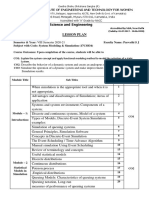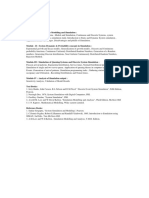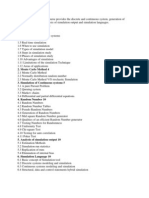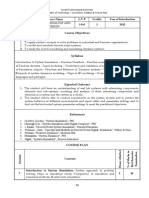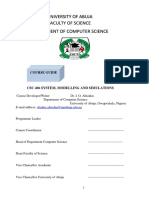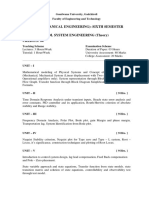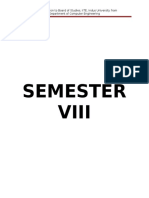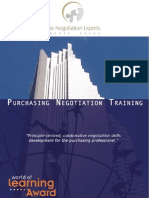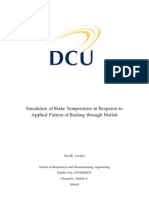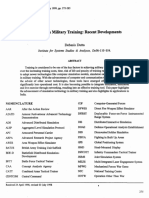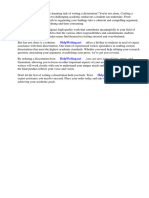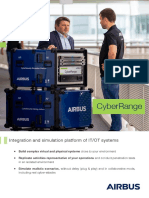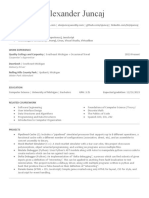0% found this document useful (0 votes)
189 views2 pagesSystem Modeling and Simulation
This document outlines the course structure for a class on System Modeling and Simulation. It is divided into 8 units covering topics like discrete event simulation, simulation software, statistical models, queuing models, random number generation, input modeling, output analysis, and verification and validation. The class is worth 25 internal assessment marks and 100 exam marks, with a total of 52 contact hours over 4 hours per week. Key textbooks listed are by Banks, Carson, Nelson and Nicol for discrete event simulation concepts and by Leemis and Park for a first course in discrete event simulation.
Uploaded by
salma sulthana. kCopyright
© © All Rights Reserved
We take content rights seriously. If you suspect this is your content, claim it here.
Available Formats
Download as PDF, TXT or read online on Scribd
0% found this document useful (0 votes)
189 views2 pagesSystem Modeling and Simulation
This document outlines the course structure for a class on System Modeling and Simulation. It is divided into 8 units covering topics like discrete event simulation, simulation software, statistical models, queuing models, random number generation, input modeling, output analysis, and verification and validation. The class is worth 25 internal assessment marks and 100 exam marks, with a total of 52 contact hours over 4 hours per week. Key textbooks listed are by Banks, Carson, Nelson and Nicol for discrete event simulation concepts and by Leemis and Park for a first course in discrete event simulation.
Uploaded by
salma sulthana. kCopyright
© © All Rights Reserved
We take content rights seriously. If you suspect this is your content, claim it here.
Available Formats
Download as PDF, TXT or read online on Scribd
/ 2













